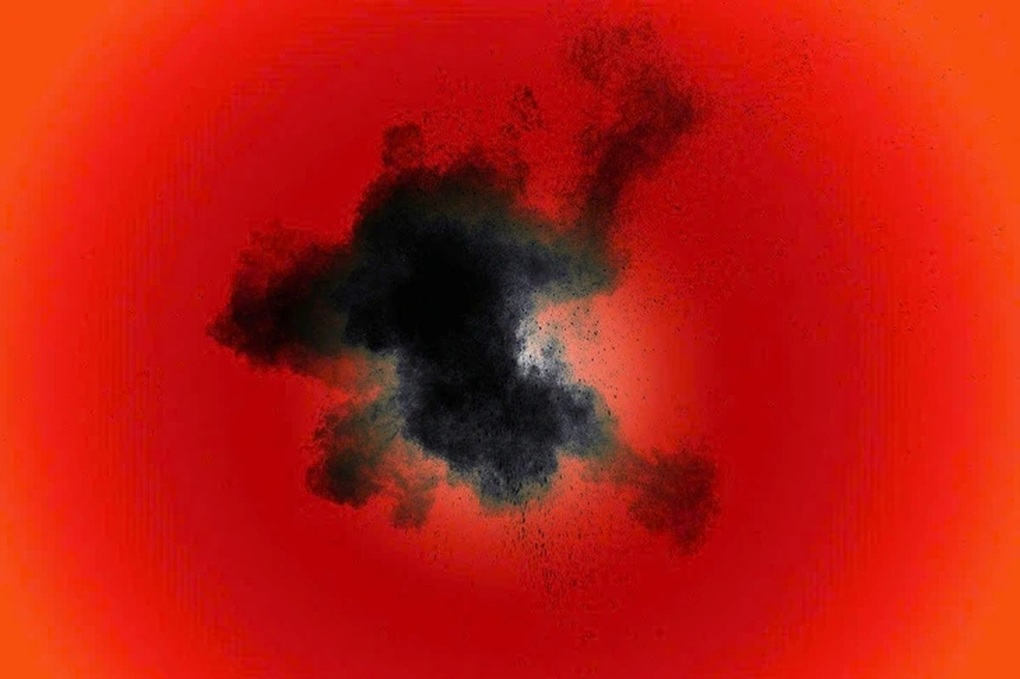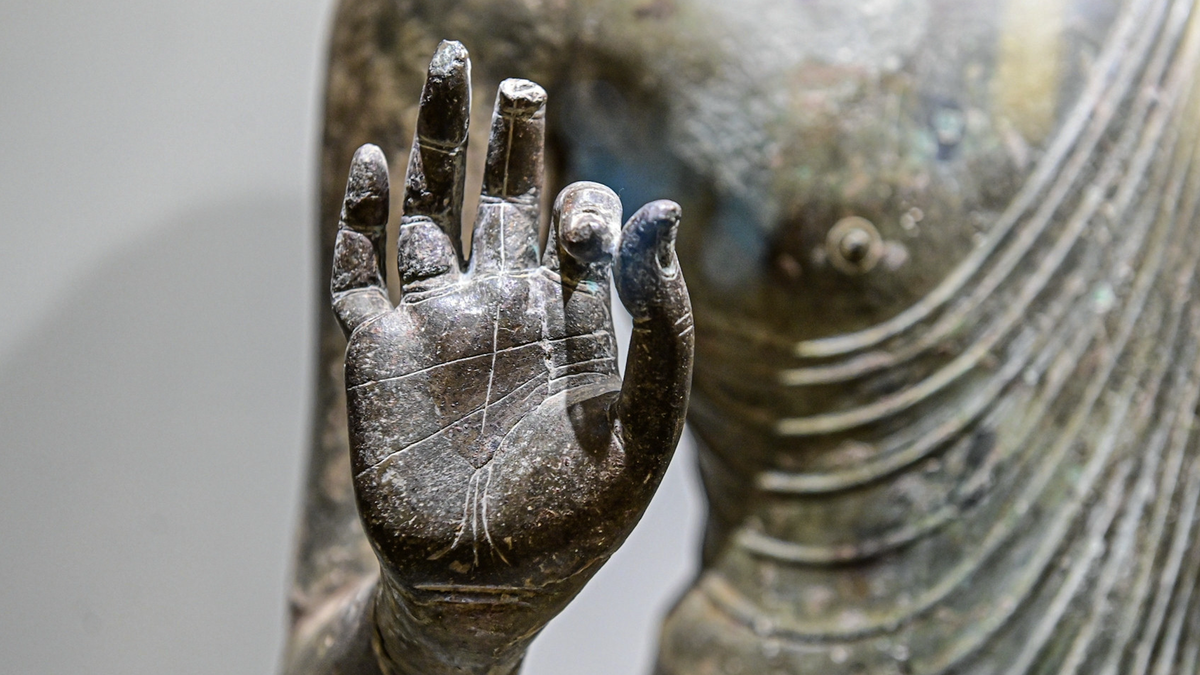Creatures that challenge every concept of life
For decades, viruses have been a controversial subject because they cannot reproduce on their own, cannot generate energy on their own, and are completely inactive when separated from their host.

A microscopic organism has the potential to upset the way we understand the boundary between life and non-life (Photo: Jose A. Bernat Bacete).
But when it enters a cell, the virus replicates at a terrifying rate, causing pandemics such as the Spanish flu or Covid-19. It is this “two-faced” existence that makes the virus considered the “gray area” between life and non-life.
However, Sukunaarchaeum mirabile is even more complex, possessing characteristics that are both similar and different from viruses: It has almost no independent metabolic pathway, is forced to rely completely on the host to survive, but possesses the ability to synthesize ribosomes and mRNA.
These are core components for protein production, which are completely absent in viruses.
This places Sukunaarchaeum in an unprecedented “hybrid” position, exhibiting both extreme dependence and a degree of autonomy, fundamental characteristics of living cells.
According to the study authors, this situation challenges the functional boundary between minimal cellular life and viruses, forcing the scientific community to reconsider the definition of life as we are accustomed.
Serendipitous discovery and the ultra-minimalist genome
The discovery of Sukunaarchaeum came as a complete surprise when a research team led by Ryo Harada (Dalhousie University, Canada) was sequencing the genome of the marine plankton Citharistes regius.
During this process, they discovered a strange loop of DNA that did not match any known species. After extensive analysis, the team determined that the organism belonged to Archaea – one of the three main domains of life, alongside Bacteria and Eukaryota.
Archaea are an ancient group of single-celled organisms, known for their ability to survive in harsh environments.
It was from this branch that eukaryotic cells, the ancestors of plants and animals, evolved billions of years ago. Therefore, the discovery of Sukunaarchaeum not only adds a new link to the map of life, but also sheds light on the early steps of evolution.
What's most striking is how minimalist the genome is. Sukunaarchaeum has just 238,000 DNA base pairs, less than half the size of the previously smallest known Archaea genome (490,000 base pairs), and roughly the size of many large viruses.
To put that in perspective, normal bacteria can have genomes of millions of base pairs. This simplification suggests that Sukunaarchaeum has adapted to a parasitic lifestyle to the maximum extent, eliminating almost all independent metabolic capabilities while retaining the minimal genes needed for replication, transcription, and translation.
In addition, the Sukunaarchaeum genome also revealed genetic signs that it belongs to a very ancient branch of Archaea, suggesting that it could be a “living fossil” reflecting the earliest stages of life on the planet.
Evolutionary significance and big questions for science
The discovery of Sukunaarchaeum not only expands our understanding of biodiversity, but also raises the question of whether this organism is evidence of a primitive cell that was radically reduced to become a parasite, or, conversely, a virus that evolved additional functions that are fundamental to living cells?
It may be the missing link, reflecting an intermediate stage in the transition from inorganic matter to a fully functioning living cell.
The discovery also suggests that there may be many more unconventional life forms lurking in little-explored ecosystems such as the ocean floor, where harsh conditions can create strange life forms.
If there are “hybrid” creatures like Sukunaarchaeum on Earth, the potential for finding life in extreme extraterrestrial environments becomes even more feasible.
Source: https://dantri.com.vn/khoa-hoc/phat-hien-sinh-vat-lo-lung-giua-su-song-va-khong-phai-su-song-20250703064321783.htm


































































































Comment (0)